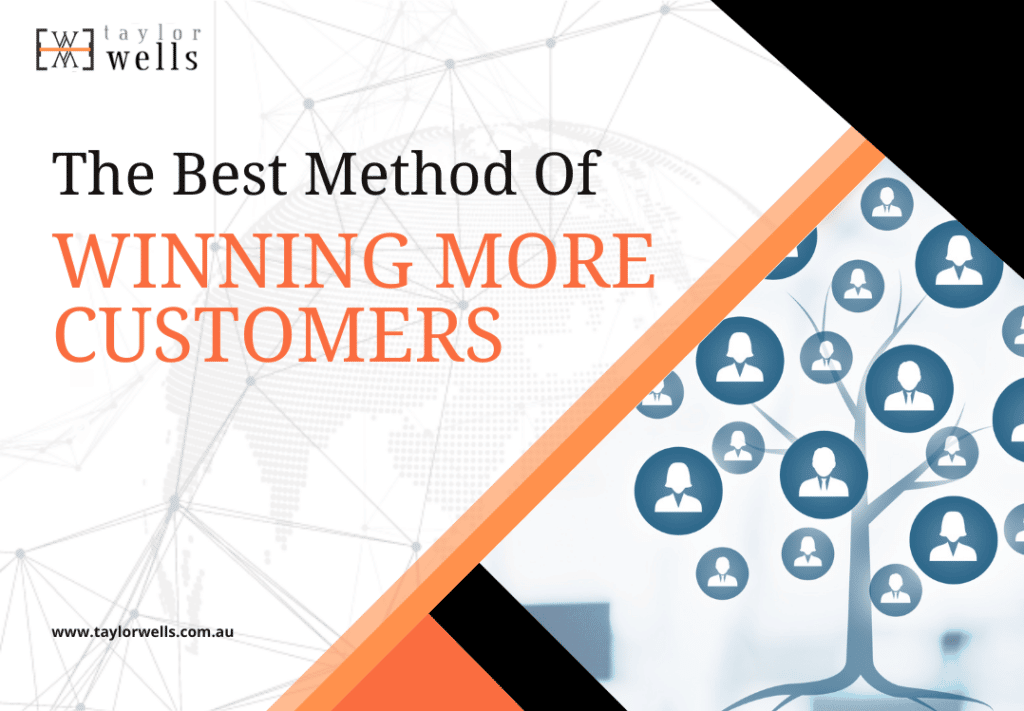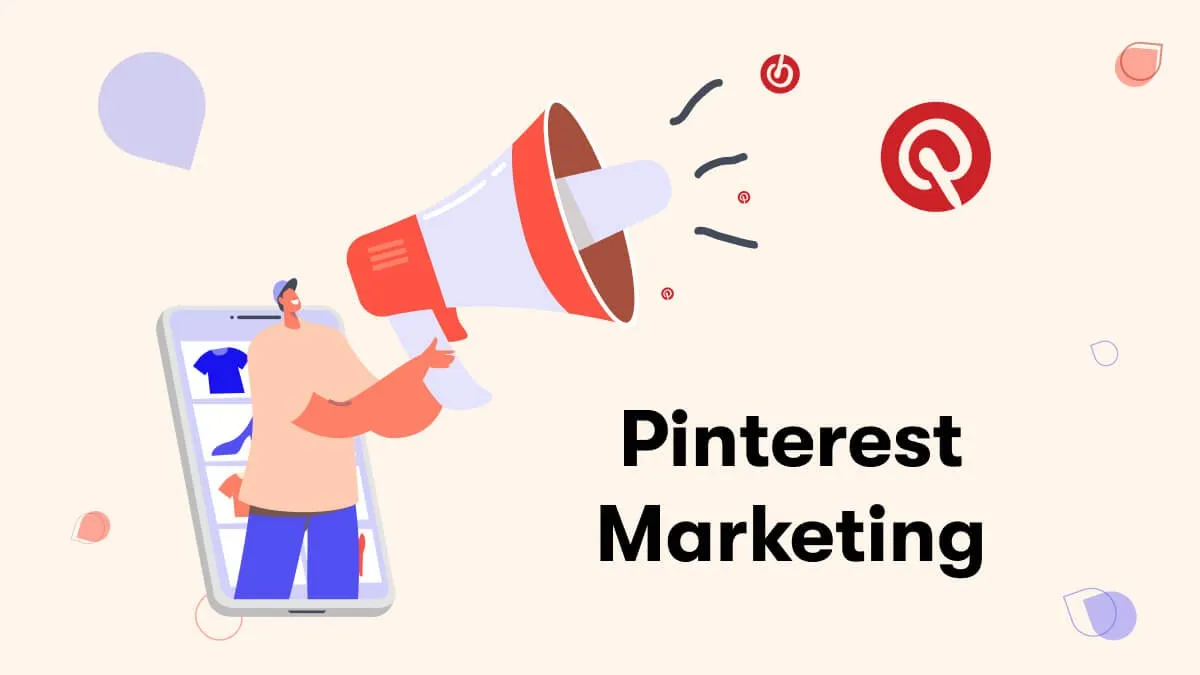We have discussed the psychology behind pricing before. Such conversations help us understand why some retailers have it in the bag while others are left fumbling in the dark. We’ve learned that it isn’t about how much an item is, but how much value a customer perceives said item to have.
In this article, we will discuss how to make use of this knowledge to increase sales.
Play the emotion card…
Logic is fine when you are talking about theoreticals, but the fact is humans are creatures of emotion. A successful pricing strategy appeals to the emotions; even if the customer knows logically that 1 plus 1 is 2, in certain cases they can have an overwhelming impulse to make it 3 or 4. In some way, they will make it 3 or 4, at least in their minds.
…But start with logic
Pricing psychology may have a lot to do with emotional appeal; however, we are not embarking on a purely academic experiment here. We’re trying to make money. Therefore, the first step is to find out at what price you can afford to sell your product.
This means that you calculate how much your costs were, including shipping and taxes and the like. Then you find out your competitors’ prices, and the suggested retail price from suppliers and trade associations. This will set your price base, the amount you need to make to realize a profit. From there you can start implementing pricing psychology ideas.
Gauge what drives value for your customers

If you are primarily a discount outfit, your customers are likely to expect bargain basement prices. You don’t actually have to give them your shirt, but your price has to appear low enough that it seems like you might.
A weird thing that we have discussed before is that using the number “9” triggers a buying response in many customers. If you price your $2 item at $1.99, you may see a 24 percent increase in your sales! So let us say you have a price base of $3: you can make more sales if your price your product at $3.99 than $4.
This may be because the customer reads from left to right, and the first thing they see is the “3,” although the difference between the two prices is actually negligible. You see the phenomenon in items priced at $199 rather than $200, and so on and so forth.
The weirdest thing about the number “9” though, is that even with higher-priced items, using this tactic can still help you make more sales. In an experiment with women’s clothing, customers bought more of one shirt when it was priced at $39 than when it was at $34. It may not be the left-to-right phenomenon, but the number 9 still holds a lot of power.
If you were primarily a seller of high-end items, then your customer would perceive value from being one of the few who can afford your item. Moreover, high prices give them the idea that the item is high quality, making them more eager to acquire it. Pricing it lower than your competition, therefore, could actually hurt your sales.
Remember also that not all customers will see value at the same prices. People place different values on different items with wild fluctuations:
*IDP: Indifference Price Point (the point at which the number of people who think the item is cheap is equal to those who think the item is expensive.
You can never be sure how your market will react until you start experimenting, so play around with your pricing and see what works best.
Start bundling
Once you have established your selling price, factoring in the acquisition costs and the value system of your target customers, it’s time to think about bundling. People usually make a search for an item without thinking about what else they may want to get at the same time. But that presents a golden opportunity for the clever seller.
Amazon is an expert at bundling; it always suggests two or three related items that you may want to check out at the same time. Many people grab these offers up greedily, because they’re sucked in by the convenience of it all. Bundle two or three items together with a single price, throw in a slight discount, and you can start moving less-popular items with your top sellers.
Increase conversions by providing comparisons

Once you have figured out the optimal bundle combinations, you can push undecided buyers to click that checkout button by making them compare offers. The optimum combinations is to offer X item at $X, Y item at $Y, and an XY bundle at $XY.
Or, to put it a bit more simply, you can offer a shirt for $5.99, a pair of shorts for $6.99, and a shirt-shorts bundle for $8.99. You can further incentivize these bundle buys by putting a time limit on the offer. This stimulates a fear of scarcity in the buyer that provides an extra nudge toward conversion.
Whatever your customer’s value system is, they will be compelled to make a choice, and any of the three means sales for you. In all likelihood, they will choose option XY because it is more items for a perceived “bargain.”
Another method is to put multiple single items or bundle in a row, emphasizing the middle option, and give different price points for each. Customers have been statistically proven to most likely choose the middle option (which should also have the median price) because again, they are compelled to make a choice. The point is not to sell the items for a higher price, but to sell more items.
You can also use anchoring to push the customer to buy. This involves offering a standard option, i.e., a basic bundle, and then offering two or more premium bundles with added features at escalating prices. Some customers may choose the most expensive bundle in the belief that they are getting the best value, while others will choose the basic bundle in the belief that they are saving money. The fact is, any of these bundles works just as well for you as long as the customer chooses one.
Takeaway
Here is where we’re at so far:
- Establish a base price.
- Gauge your customer value system.
- Bundle.
- Compare.
- Sell!
Ultimately, your purpose is to sell, and the steps outlined here will help you find the best prices for your products. What we’ve done is break down classic pricing psychology studies into a workable format for you.
Remember, there is nothing new here; many of these psychological findings have been well-known for years. You don’t really have to understand why they work, just as long as you know they do. However, if you want to know the why, you can check out our article on pricing psychology.
How have pricing strategies effected your sales? Let us know in the comments.
I’m telling you about this, because I believe in giving information regarding PPC advertising
forward,
I don’t know how much longer people accepting new technology , so you had better check it out now if you can.
Just click the link below to get started:
Discover more from Personal Blog of Richard Tong
Subscribe to get the latest posts sent to your email.






Say, you got a nice blog.Really thank you! Great.
I will immediately take hold of your rss as I can not to find your email subscription hyperlink or e-newsletter service. Do you’ve any? Kindly permit me understand in order that I may just subscribe. Thanks.
What’s up friends, its wonderful paragraph regardingcultureand completely explained, keep it up all the time.
I really enjoy the blog.Much thanks again. Cool.
Major thankies for the post. Will read on…
Say, you got a nice article.Really thank you! Keep writing.
wow, awesome blog article.Really thank you! Cool.
Thanks a lot for the article post.Much thanks again. Much obliged.